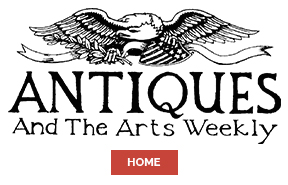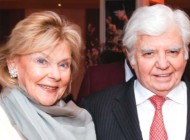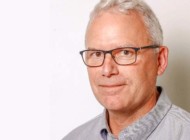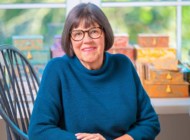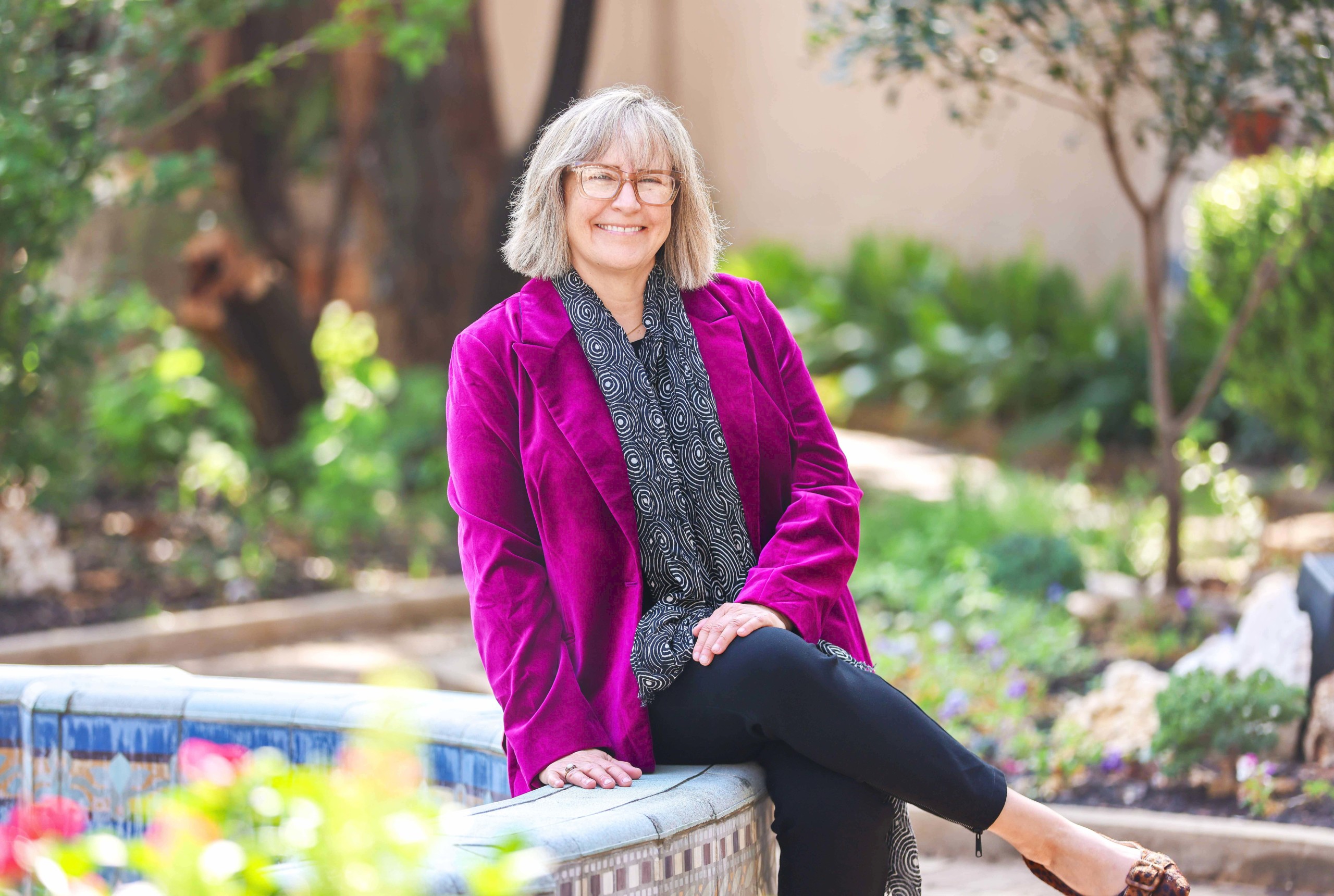
Elizabeth Kathleen Mitchell, photographed by Jacklyn Velez. Courtesy of the McNay Art Museum.
On March 17, the McNay Art Museum in San Antonio, announced that Dr Elizabeth Kathleen Mitchell would be assuming the role of curator of prints and drawings, joining five other curators on the museum’s staff. Mitchell, who received her PhD in Eighteenth Century British prints from the University of California, Santa Barbara, previously held roles at institutions such as the Cantor Center for Visual Arts at Standford University and the Museum of Fine Arts, Boston, and was a lecturer at several different colleges and universities. Antiques and The Arts Weekly had the opportunity to talk with Mitchell about her new role, and how her previous positions and experiences have helped shape her into the curator she is today.
Congratulations on your appointment to the position of curator of prints and drawings at the McNay Art Museum! Tell us a little bit more about what your job entails.
Thank you, I’m really pleased to join the McNay. As curator of prints and drawings, I belong to a team that works very collaboratively to identify acquisitions and develop exhibitions for the Museum. I’ve only been here three weeks, so I am focused on getting to know the permanent collection and the arts around San Antonio. I’m looking forward to proposing some exhibition ideas and possible new acquisitions very soon.
How will this position differ from those that you have held previously at the Cantor Center of Visual Arts and MFA Boston?
One huge difference is I am responsible for the annual McNay Print Fair in May! It’s a much-anticipated, one-of-a-kind event in Texas, and we are thrilled that this year marks the fair’s 29th anniversary. Many aspects of the job are familiar and, actually, the parallels I saw between the institutions attracted me to this opportunity. For instance, I appreciate that the McNay Art Museum we know today is the legacy of Marion Koogler McNay’s passion for art, much like the way in which Jane Stanford’s vision resulted in the Cantor Arts Center. Also, the McNay is very proud of its San Antonio history. Similarly, the MFA Boston uniquely reflects and represents its beloved city.
You received your bachelor’s degree at the University of Wyoming, Laramie in both Spanish and liberal arts. How have the skills you learned during your undergraduate education stuck with you through your career, especially that liberal arts aspect?
At that time, UW did not offer an art history major or minor. However, there was a wonderful professor who encouraged me to find a way to build my own. I pursued concentrations in studio art, English and philosophy, while also studying Golden Age Spanish literature and minoring in women’s studies. Those experiences trained me to think across disciplines, cultures and time, and to identify patterns in culture and design. That continues to inform how I look at and write about art, and the kinds of stories I think are important to tell.
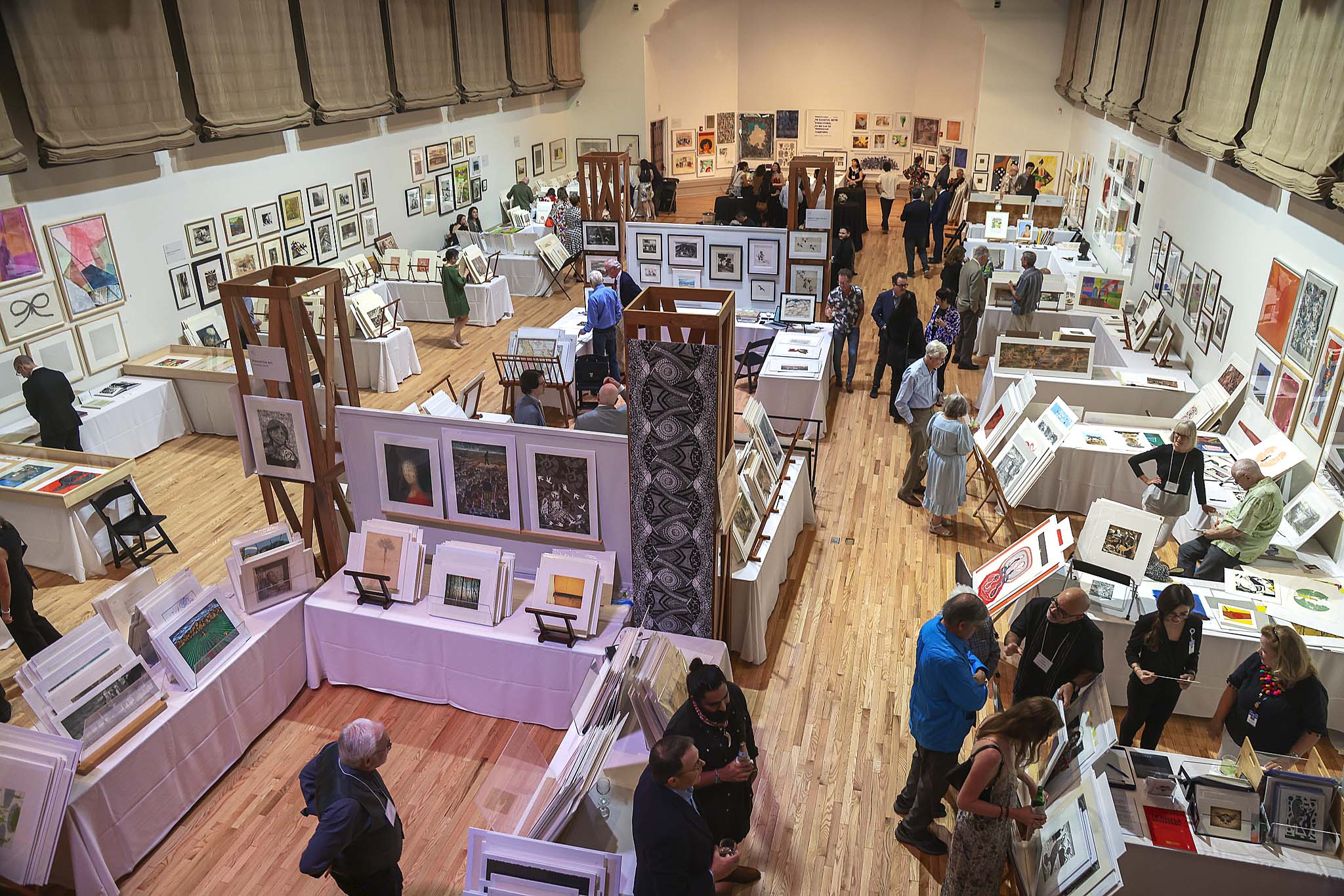
Photograph of the McNay Art Museum’s Print Fair. Courtesy of the McNay Art Museum.
You were also a lecturer at Stanford and an adjunct lecturer at Massachusetts College of Art and the University of California, Santa Barbara. How did working with students affect how you operate as a curator?
Lecturing at MassArt was one of my favorite professional experiences. It’s one thing to teach the history of art to a general cross-section of undergraduates, and quite another when all the students are studio artists. We had very deep conversations about subject matter, as well as about process, materials and the act of creating. I constantly learned from them. When I saw them making big connections, or they shared that what we studied in class impacted their own work, it was very powerful.
Finally, what are you most looking forward to in this new position?
Texas isn’t big, it’s vast. The history of modern art here is both local and international, and the contemporary scene is on fire. For a curator, it’s like living in the future. Within this dynamic context, I look forward to making acquisitions that speak to our audience and build interesting bridges between the objects already in the McNay’s collection.
—Kiersten Busch
